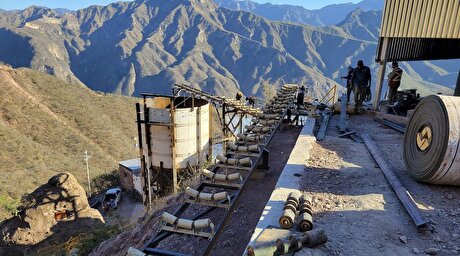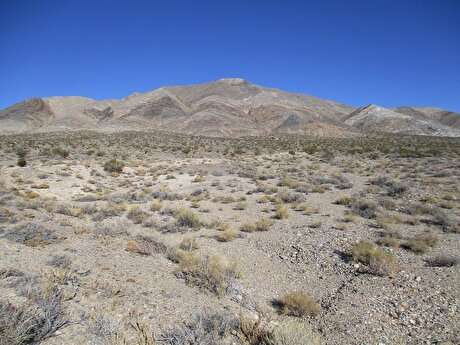
Worth of trades at IFB rises 33% in a month

The value of trades at this exchange has also risen 175 percent since the start of the current Iranian year (March 20).
Meanwhile, IFX, the main index of IFB, rose 38 percent to stand at 19,544 points in the previous month, registering a 197 percent rise since the year start.
As reported, 74,128 billion securities worth 184.567 trillion rials (about $4.394 billion) were traded through 25.472 million deals at the IFB in the past month, registering 102 percent rise in the number while 920 percent growth in the value of trades compared to the same month in the past year.
IFB is one of the four major stock exchanges of Iran. The other three ones are the Tehran Stock Exchange (TSE), Iran Mercantile Exchange (IME), and Iran Energy Exchange (IRENEX).
The past Iranian calendar year (ended on March 19) witnessed a very fruitful performance for the country’s stock market.
As TSE Head Ali Sahraei has announced, the value of trades at the Tehran Stock Exchange jumped 2.6 folds, while Return on Investment (ROI) reached 180 percent in the previous year.
While growth and development in the Iranian stock market have been started in recent years, the previous year was in fact a time of flourishment for the country’s stock exchanges.
Different factors contributed to the past year’s prominent success in the stock market.
One important factor was proper ground laid in the stock market and providing better conditions for traders.
The other factor was the status of parallel markets, such as those of foreign currency, gold coin, and housing in the past year that made making investment in the stock market an obviously better and more profitable choice for the investors.
And now despite the economic condition created by the coronavirus outbreak, the Iranian stock market is experiencing more growth in the current Iranian year.
In a press conference on June 22, the head of Iran’s Securities and Exchange Organization (SEO) announced that the amount of liquidity absorbed by Iran’s capital market has reached 500 trillion rials (about $12 billion) during the first quarter of the current Iranian calendar year (March 20-June 20).
Hasan Qalibaf-Asl also said, “It is while the total amount of liquidity entered into this market stood at 300 trillion rials (about $7.14 billion) during the past year.”
The official further noted that the high amount of liquidity that is entering the capital market has provided some good opportunity for this market, as it’s being developed and flourished, for the enterprises, as they’re securing their required funds, and also for the government.

Locksley Resources forms US alliances to establish domestic antimony supply chain

Critical Metals, Ucore ink 10-year offtake deal to supply rare earths to US plant

Equinox Gold kicks off ore processing at Valentine mine

India considers easing restrictions on gold in pension funds


















